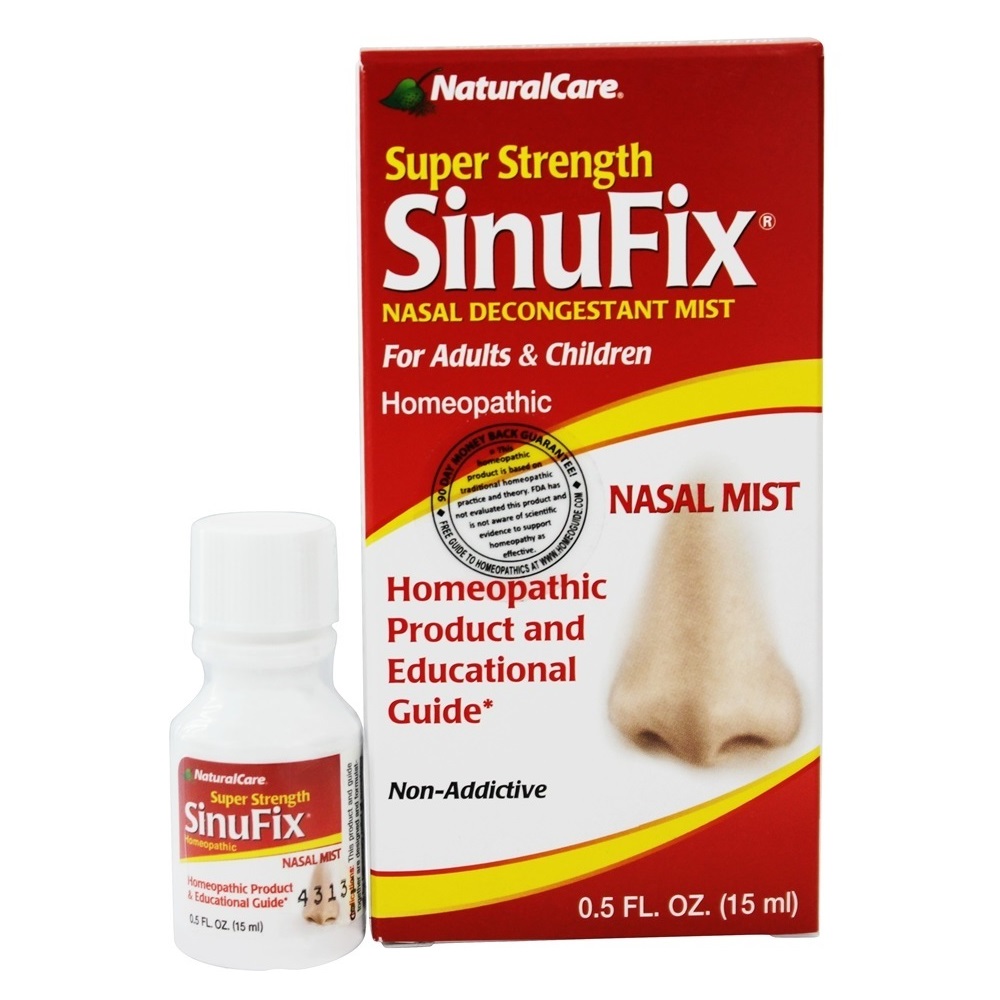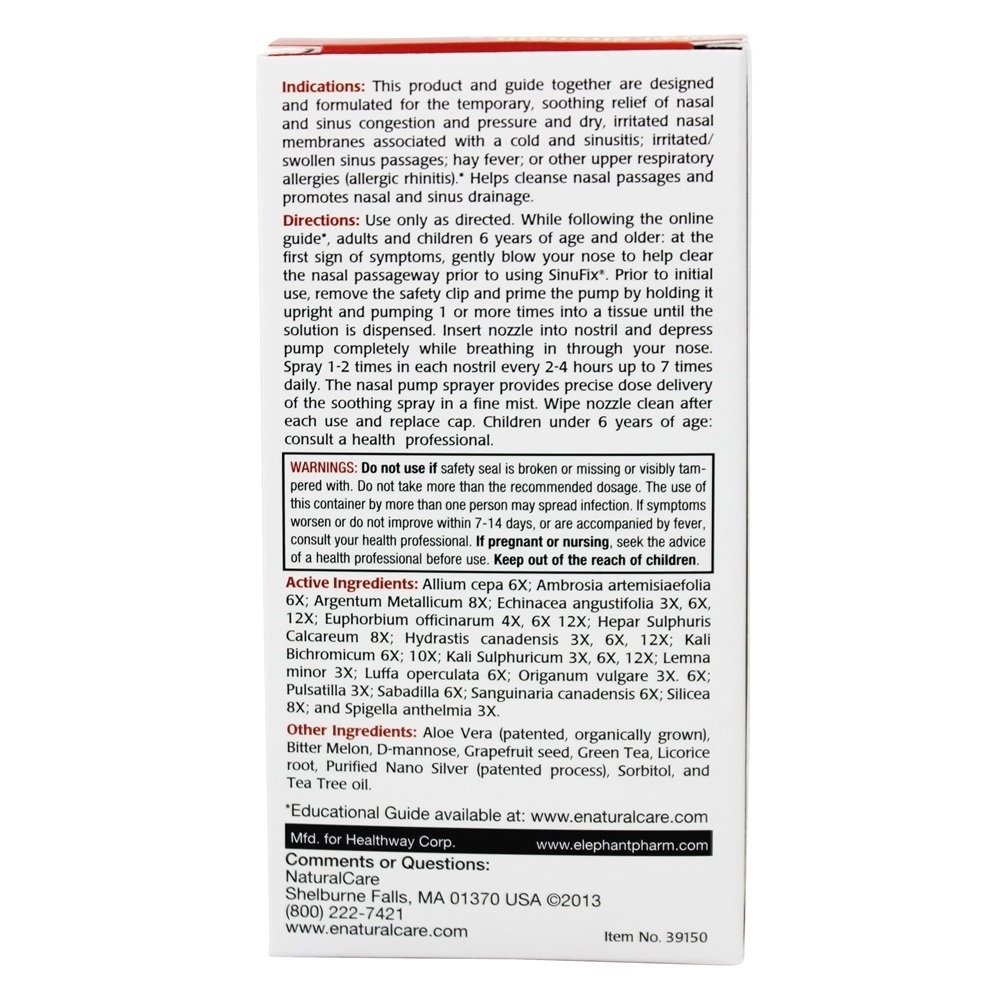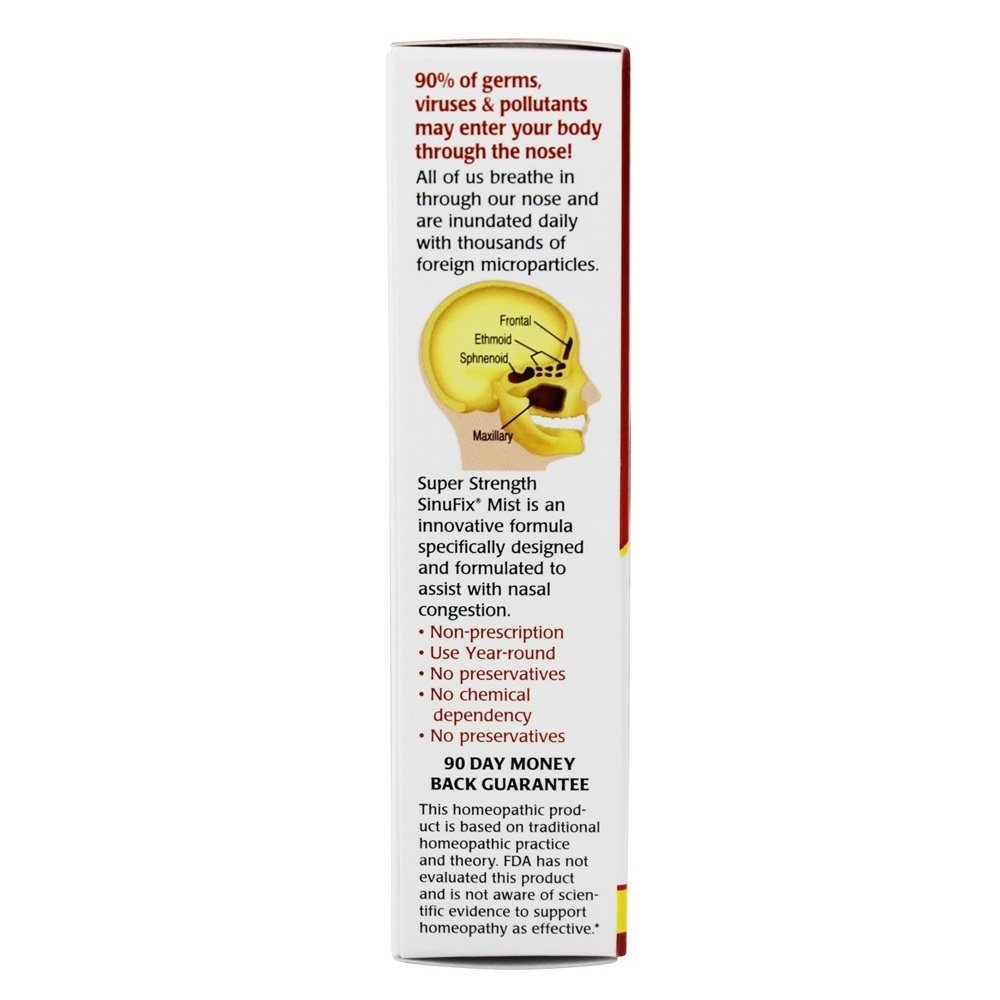| Allium Cepa | Allium Cepa helps with symptoms of burning, watery eyes. Allium Cepa is helpful for colds, sinus problems, hayfever, allergies. Excess mucous from the nose. Discharge from the nose is acidic and makes the surrounding skin burn. |
|---|
| Ambrosia Artemisiaefolia | The leaves are very astringent. They are applied externally to insect bites and various skin complaints, internally they are used as a tea in the treatment of pneumonia, fevers, nausea, intestinal cramps, diarrhoea and mucous discharges. The juice of wilted leaves is disinfectant and is applied to infected toes. A tea made from the roots is used in the treatment of menstrual disorders and stroke. The pollen is harvested commercially and manufactured into pharmaceutical preparations for the treatment of allergies to the plant. |
|---|
| Argentum Metallicum | Typically, this homeopathic remedy is appropriate for pains that increase slowly and fade away all of a sudden. |
|---|
| Echinacea Angustifolia | Echinacea has been used for virus infections such as the common cold and flu. It is used to strengthen the immune system. |
|---|
| Euphorbium Officinarum | Euphorbia is a herb. The parts of the plant that grow above the ground are used to make medicine. |
|---|
| Hepar Sulphuris Calcareum | Hepar sulphuris calcareum is a homeopathic medicine that helps with painful and hoarse dry cough worsened by cold weather. Hepar sulphuris calcareum is primarily used to treat infections of different types |
|---|
| Hydrastis Canadensis | Hydrastis is used to treat any array of health conditions, especially those related to the mucus membranes. |
|---|
| Kali Bichromicum | Kali bichromium is a bright orange, caustic, corrosive compound used in the manufacture of dye, photography, and batteries. It is also used as a homeopathic remedy. |
|---|
| Kali Sulphuricum | According to his Biochemic Theory, Scheussler found that potassium sulphate aids the transfer of oxygen and is important to our skin, mucus membranes and respiratory systems. |
|---|
| Lemna Mminor | Used for sinus relief. |
|---|
| Luffa Operculata | Luffa is a plant. When the mature fruit is allowed to dry, a fibrous, sponge-like structure remains. The fibers can be boiled in water, which is then used as medicine. |
|---|
| Origanum Vulgare | Oregano contains chemicals that might help reduce cough and spasms. Oregano also might help digestion by increasing bile flow and fighting against some bacteria, viruses, fungi, intestinal worms, and other parasites. |
|---|
| Pulsatilla | It also might also have calming effects |
|---|
| Sabadilla | Sabadilla is a chief remedy for coryza and hay fever. It is also called sneezing remedy as indicated in hay fever, influenza etc. |
|---|
| Sanguinaria Canadensis | Bloodroot was used historically by Native Americans for curative properties as an emetic, respiratory aid, and other treatments |
|---|
| Silicea | There are several uses for silicea in homeopathy practices, including treating conditions that progressively worsen, seasonal problems, and personality or behavior issues such as indecisiveness or a general lack of direction. Silicea is commonly prescribed if a patient shows symptoms of a pale complexion, fatigue, anxiety issues, or a fear of failure. It is derived from flint or quartz, and many homeopaths believe it imparts those grounding properties to the patient as well as aids in strengthening the body and the mind. |
|---|
| Spigella Anthelmia | Most commonly, the herb pinkroot is given to people to expel or destroy the intestinal parasites, for instance, tapeworm and roundworm, in the body. |
|---|
| Aloe Vera | Aloe seems to be able to speed wound healing by improving blood circulation through the area and preventing cell death around a wound. |
|---|
| Bitter Melon | Bitter melon contains a chemical that acts like insulin to help reduce blood sugar levels. |
|---|
| D-Mannose | D-mannose is not metabolized like other sugars in the body, it does not alter blood sugar levels and the plant components are filtered directly into the bladder. As D-mannose is excreted it essentially passes through the kidneys, fills the bladder and flushes the entire urinary tract when you urinate. |
|---|
| Grapefruit | Grapefruit is a source of vitamin C, fiber, potassium, pectin, and other nutrients. Some components might have antioxidant effects that might help protect cells from damage or reduce cholesterol. |
|---|
| Green tea | Antioxidant and Energy Booster |
|---|
| Licorice | Licorice is used for various digestive system complaints including stomach ulcers, heartburn, colic, and ongoing inflammation of the lining of the stomach (chronic gastritis). |
|---|
| Nano Silver | In the presence of sodium ions secreted by a wound, the nanoparticles release silver ions and exert a sustained antimicrobial effect against a variety of organisms, including antibiotic-resistant bacteria. |
|---|
| Sorbitol | Sorbitol, or glucitol as it is sometimes called, is a slow-metabolizing sugar alcohol derived from fruits, corn and seaweed. |
|---|
| Tea Tree Oil | Tea tree oil is derived from the leaves of the tea tree. The tea tree was named by eighteenth century sailors, who made tea that smelled like nutmeg from the leaves of the tree growing on the swampy southeast Australian coast. Do not confuse the tea tree with the unrelated common tea plant that is used to make black and green teas. |
|---|





Reviews
There are no reviews yet.